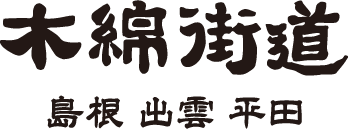Edge of the Trees
ENNOKIDAMARI

ENNOKIDAMARI

“Enokidamari” is a place where Aragami-sama is enshrined at the back of Aburaya-koji in the Shinmachi area. During the Edo period, Aburaya, an oil refinery, stood across the alley, and Aburaya-koji was the Aragami-sama’s private passageway, used to unload cargo such as rapeseed. At the end of the alley, next to the overpass, is a giant tree, “Enoki,” made of intertwined Japanese hackberry and tabu trees, which is enshrined as Aragami-sama. This Aragami-sama also served as a landmark for boats traveling on the Funakawa Canal. The shade of this tree may have also served as a resting place for laborers unloading cargo.
Matchmaking spot
The “Enki” is a combination of two trees, a Japanese elm and a Japanese oak, that are close together and intertwined to form what looks like a single tree. Such trees are called “renri-ki” (connected trees), and are a symbol of the strong bond between lovers or spouses.
The phrase “linked branches” originally appeared in a verse from Bai Juyi’s Chinese poem “Song of Everlasting Regret,” which describes the tragic love between Emperor Xuanzong and Yang Guifei: “In heaven we wish to be paired birds, and on earth we wish to be paired branches…” in which Yang Guifei and the emperor pledged their unchanging love.



